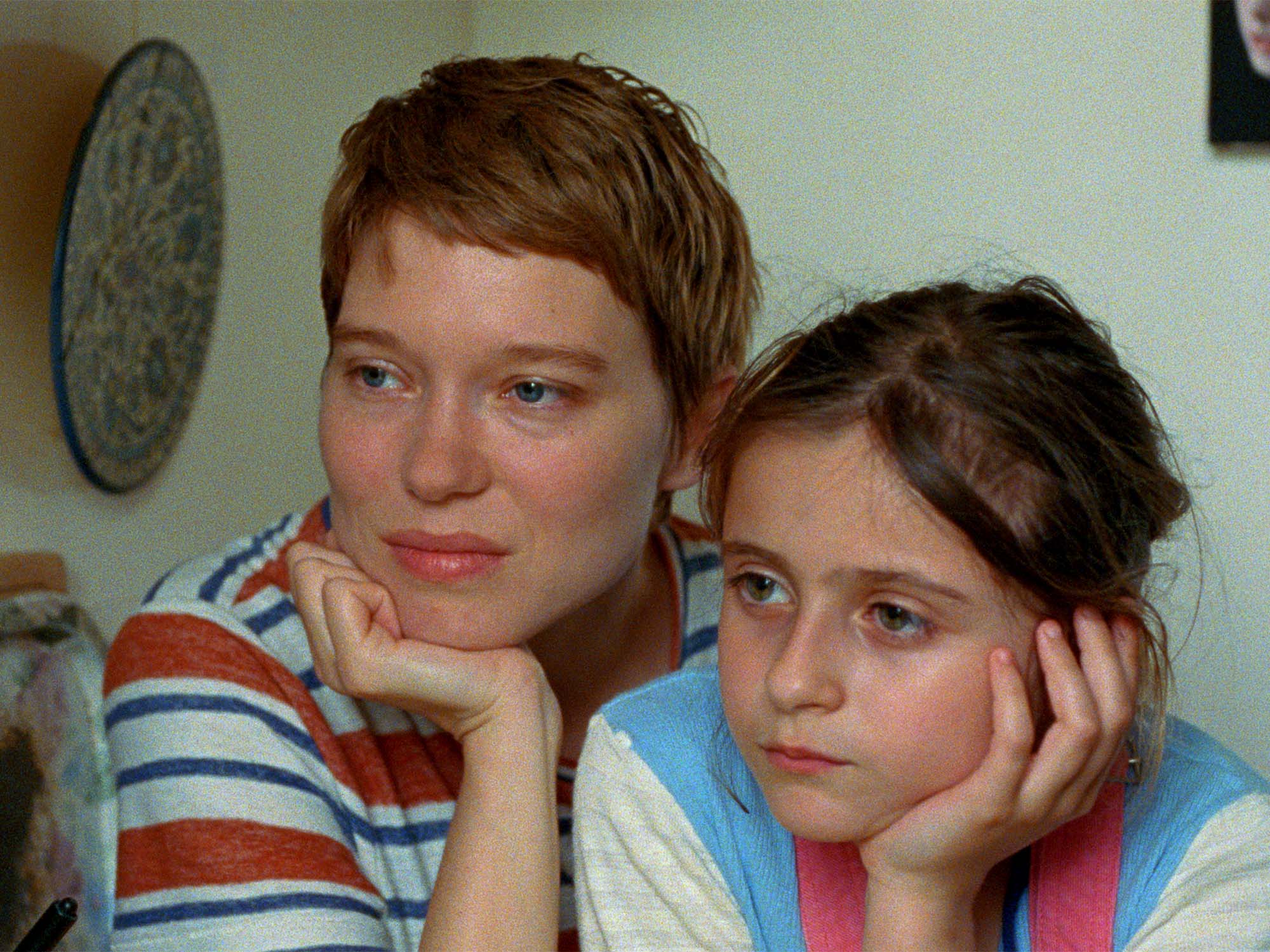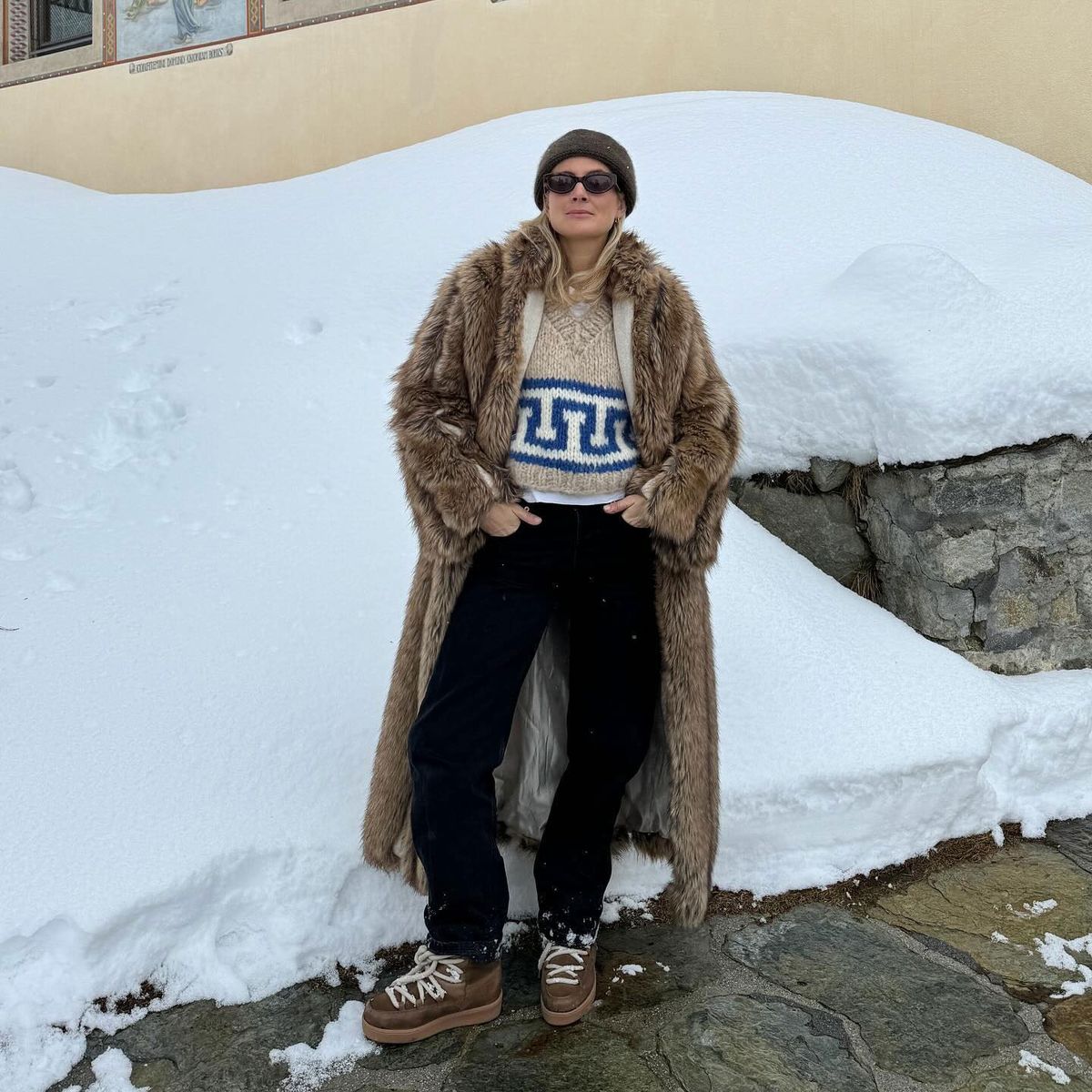Before Lamb of God were Lamb of God, they were known as Burn the Priest. And on April 13, 1999, the band (as Burn the Priest) released a self-titled effort that would pave the way for some modern metal classics that would follow.
As Burn the Priest, the band featured guitarist Abe Spear, who left Richmond, Va., after playing on the album to be a photographer and filmmaker in New York. As soon as Spear left the group, guitarist Willie Adler joined his brother Chris in the band.
Burn the Priest originally came out on Legion Records, but was remixed and re-released in 2005 by Epic once Lamb of God had already put out three full albums and two DVDs. The album had groove, but the riffs were less defined and more simplistic than those on 2000’s New American Gospel or 2003’s As the Palaces Burn. Also, vocalist Randy Blythe relied more on a high-pitched roar that were more grindcore than hardcore.
Interestingly, the group originally didn’t feature vocals at all. The members met at Virginia Commonwealth University in 1990, and when they formed in 1994 after they graduated, they were an instrumental group that admired and strived to gig with the complex progressive bands in the local music scene, including Breadwinner, The Ultra Natives, Brainflower and Ladyfinger.
Back then, Blythe actually had no aspirations to be in a band though he occasionally took the stage with his friends’ groups. At the time, Blythe wanted to be a writer; it would take him another 30-plus years before he would publish his first book, Dark Days: A Memoir, which arrives is summer 2015. But when Blythe saw Burn the Priest performing in 1995 he was blown away and told his girlfriend he would join the band. She thought he was being impulsive, but he meant what he said and approached the guys to audition. Enamored with his fierce death metal growl they invited him to join.
By then, however, guitarist Mark Morton had left to go to graduate school. When he finished, he returned to Richmond and discovered Burn the Priest were faster and heavier than the band he left two years earlier. “When I came back after grad school, they were this grindcore/thrash band with some of the riffs I had written,” he told Louder Than Hell: The Definitive Oral History of Metal. “They were totally different, but I was certainly happy to come back to it and that’s when we really knew that was the form we were going to be, and when things started taking off.”
Burn the Priest, ‘Bloodletting’
Burn the Priest was originally co-produced by Today is the Day frontman Steve Austin and drummer Chris Adler. Austin wrote liner notes for the major label reissue, which was remixed by Collin Richardson and remastered by Mark Wilder, neither of whom detracted from the savagery of the original release. Some fans prefer Burn the Priest to New American Gospel; it’s kind of like choosing between Coke and Pepsi. But by the time Lamb of God released the bone-crushing As the Palaces Burn in 2003 there was no looking back.
Oh, and why did Burn the Priest change their name to Lamb of God? Bassist John Campbell once explained to MetalShip that it wasn’t because they were banned from playing certain venues, as was commonly thought, but because they were tired of people thinking they were a satanic metal band.
Loudwire contributor Jon Wiederhorn is the author of Raising Hell: Backstage Tales From the Lives of Metal Legends, co-author of Louder Than Hell: The Definitive Oral History of Metal, as well as the co-author of Scott Ian’s autobiography, I’m the Man: The Story of That Guy From Anthrax, and Al Jourgensen’s autobiography, Ministry: The Lost Gospels According to Al Jourgensen and the Agnostic Front book My Riot! Grit, Guts and Glory.


























































![Mason Ramsey – Twang [Official Music Video] Mason Ramsey – Twang [Official Music Video]](https://i.ytimg.com/vi/xwe8F_AhLY0/maxresdefault.jpg)





















